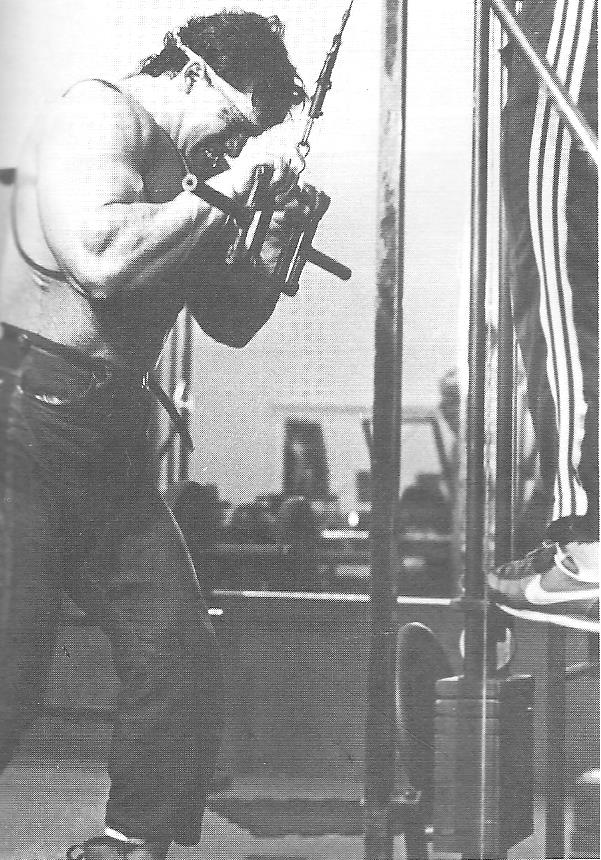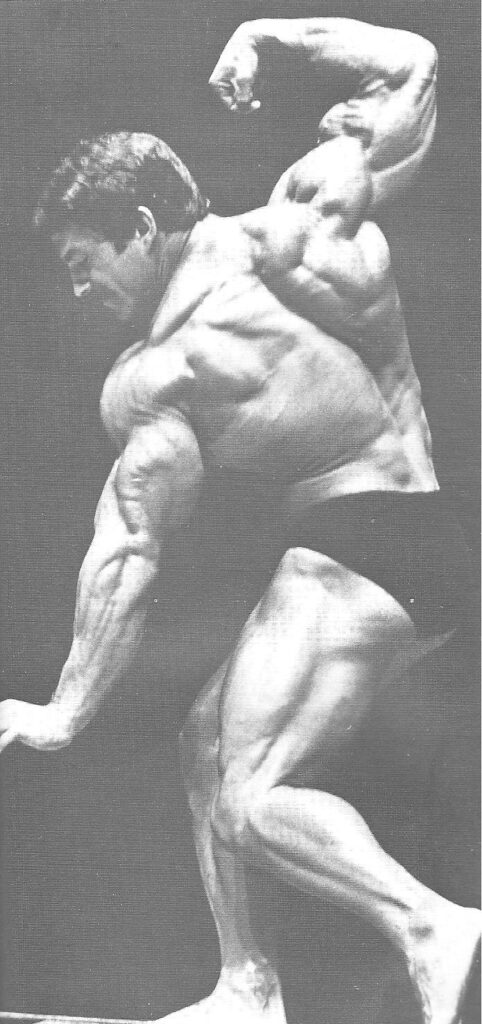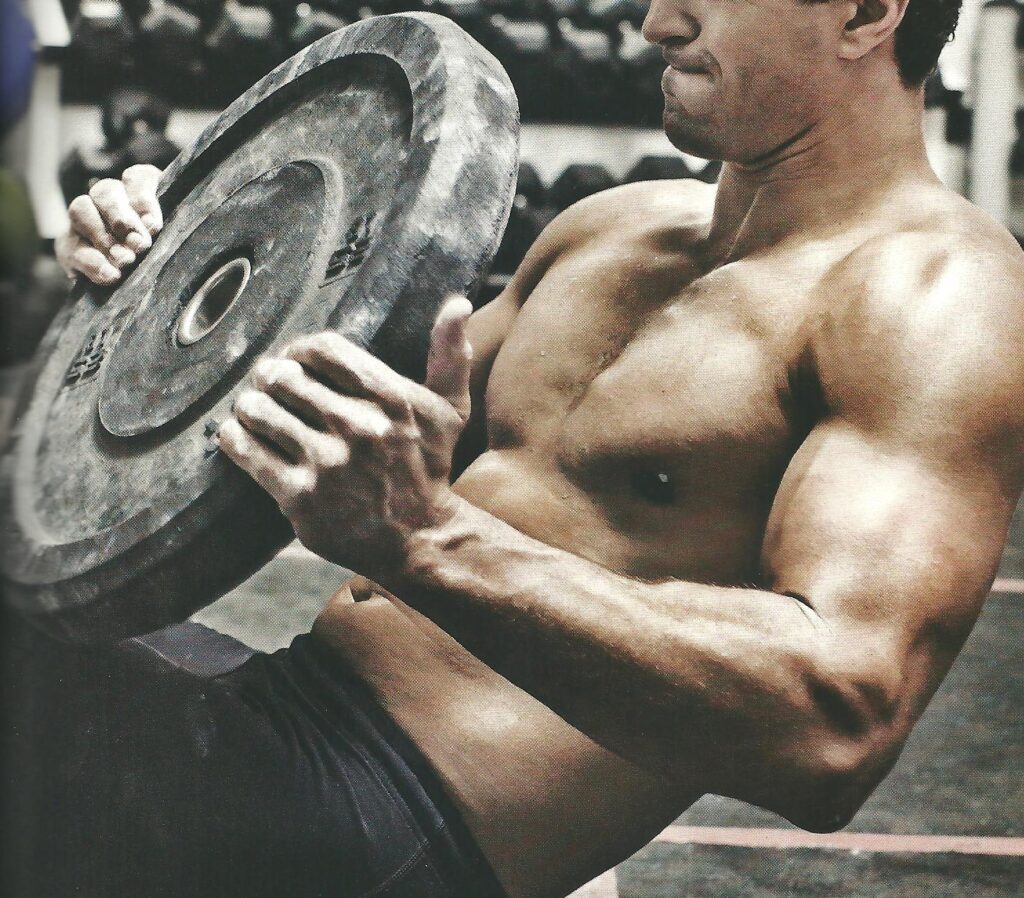Building Impressive barn door width shoulders is the direction of most bodybuilder, athletes as it provides the symmetry for the rest of the body. The shoulders come in different sizes, either as narrow clavicles (the bone width) with plenty of cellular tissue to build big delts (shoulder muscles), or else we are given wide clavicles with a correspondingly poor allocation of muscle cells. Needless to say, we all want wide shoulders as well as trillions of muscles cells, so that we can really max out our shoulder impressiveness.
The shoulders are a complex area. unlike the knee joint, which is one directional, meaning it can only go up and down, the shoulder has a ball and socket type joint, which allows you to move your arm around in circles with a very wide range of motions. in order to cope with this range, the shoulder muscles are divided into three separate “heads”, the anterior (front), medial (side), and posterior (rear deltoid).
No exercise really works all three sections at once, although there is some assistance from other parts of the shoulder, but it is practical to work one head at a time. The press behind neck works the side deltoid mainly, with some help from the rear head, whereas the bench press works the front deltoid with a little involvement from the side section, and of course, the triceps and pecs. Deltoid isolation exercises are used frequently. They include the alternate front dumbbell raise for the anterior (front) head, the lateral raise for the medial (side) head, and the bent-over flying movement for the posterior (rear) head.
Good as these isolation exercises are for hitting precise sections of the shoulder muscles, some kind of combination movement such as pressing is necessary for full deltoid development. The standard military press and the press behind neck are regulars among top bodybuilders. Other variations include dumbbell pressing, either together or in an alternating fashion. These may be done either standing or sitting. Sitting forces greater exercise strictness, so this will probably benefit your deltoid development more.
Upright rowing is another recommended shoulder movement which can really balloon out your delts. Of course, strands and pulleys, though limited in overall body application, also help shoulder development.
You can perform lateral raises from a variety of angles with both types of apparatus, and there is a very good shoulder movement exclusive to the strand puller, the back press. The competitive bodybuilder should realise the importance of large, fully developed shoulders, because you cannot hide this areas. Deltoids are seen from all angles, front, back and sides. They are especially evident when you perform the double biceps pose from the rear. Top produce championship quality shoulder, you need a routine that works all three deltoid heads. If on the other hand, your time is greatly limited and you can only perform one exercise for the shoulder region, then perform the press behind neck or the alternate dumbbell press. Alternating with a seesaw action is usually preferable, since the mechanics of the movement dictate that you don’t lean back, as you would tend to if you were pressing two dumbbells simultaneously.
Most comprehensive workouts will include two or three deltoid exercises. However, one should be aware of two facts. One, the bench press and incline presses work the fontal deltoids very strongly, and two bent-over rowing exercises work the rear deltoids strongly.
Therefore if you include some form of bench press and rowing exercise, then you don’t necessarily have to include isolation exercises for the front and rear deltoids. Certainly, there is no need for the beginner or the person on a tight time schedule to do so. Beginners should only perform one shoulder exercise, the press behind neck or the alternate dumbbell press.
Intermediates will find it best to perform one combination shoulder exercise (such as the seated press of the press behind neck) plus the bent-over flying movement and the lamented raise. Advanced people, who will invariably be splitting their routine into two or more sections, will probably find the following most advantageous, two combination delta movements (such as press behind neck and upright rowing) followed by alternate forward dumbbell raise, lateral raise, and bent over flying.
For an extensive set of shoulder exercises, please visit the smart Physical Workout website, as it explains how they should be performed. The press behind the neck exercise for example can very effectively be performed standing up, especially if the weight is taken from squat stands, but it is better sitting down. This makes it a slightly more effective movement, but that is not to say that you should not experiment. Bear in mind, too, that inferior exercise may prove ineffective substitute for a really fine movement, merely because your muscles crave a change. A change works wonders.


